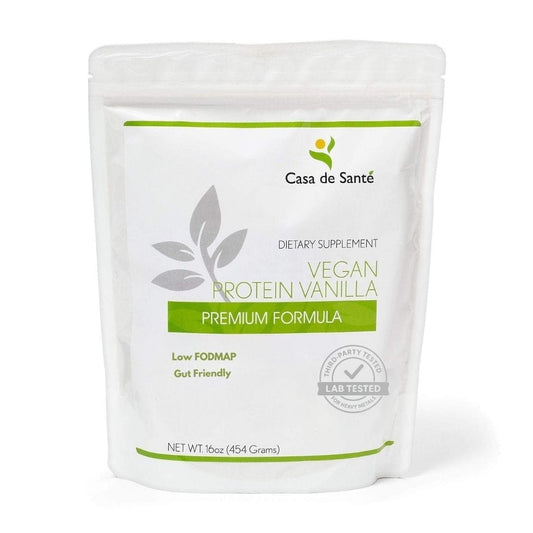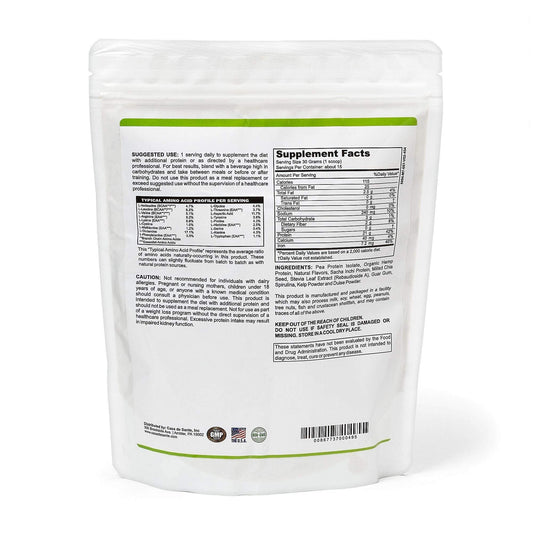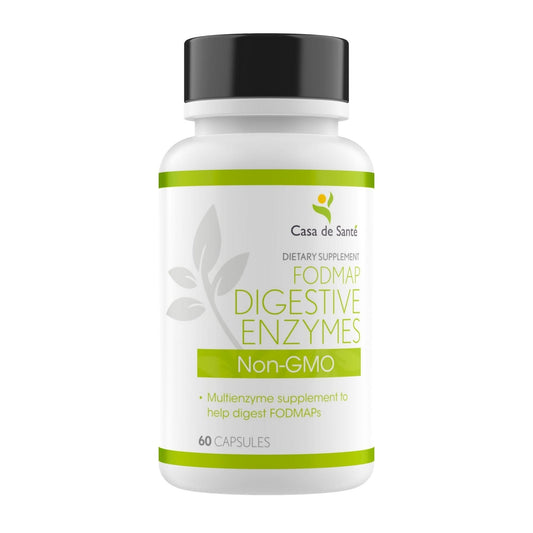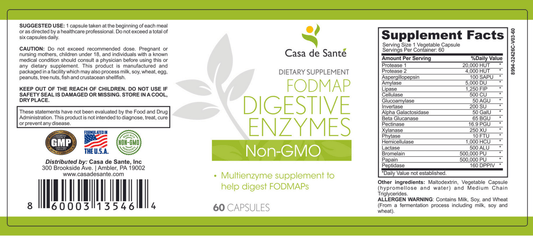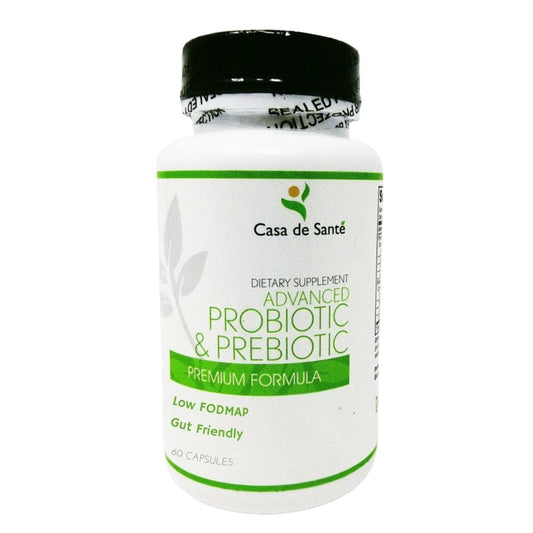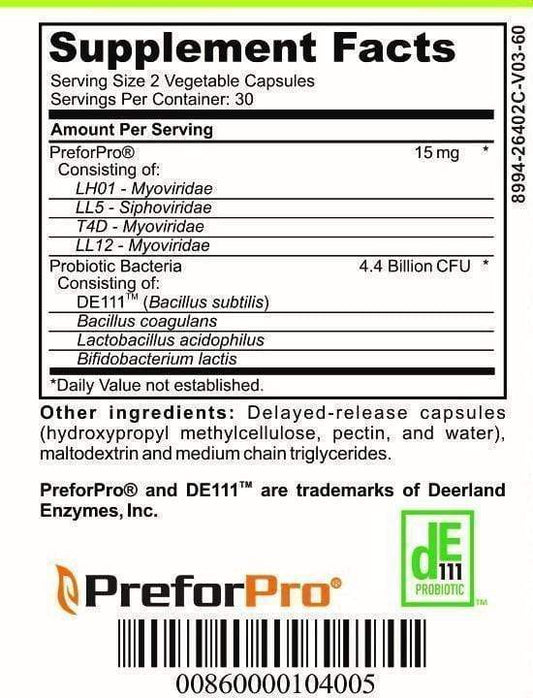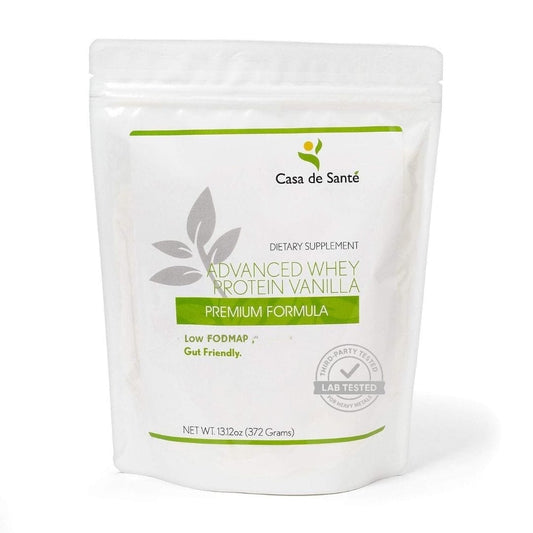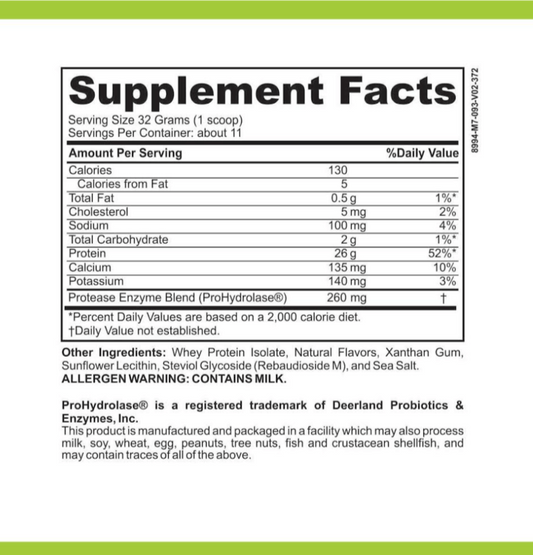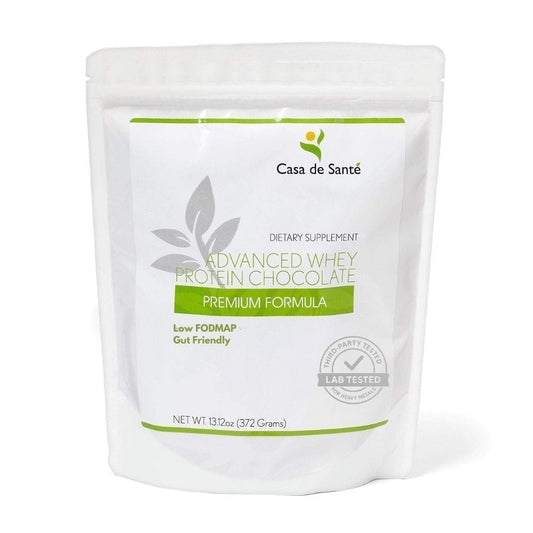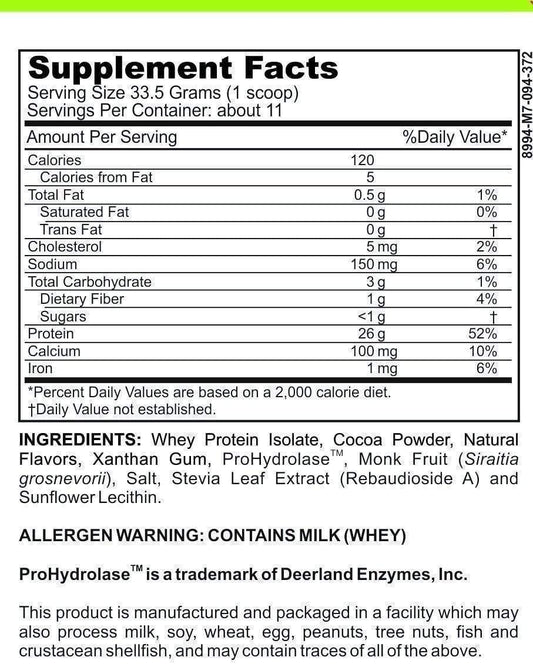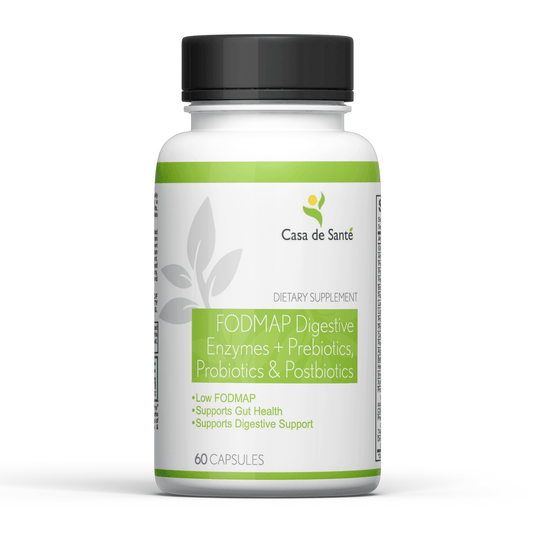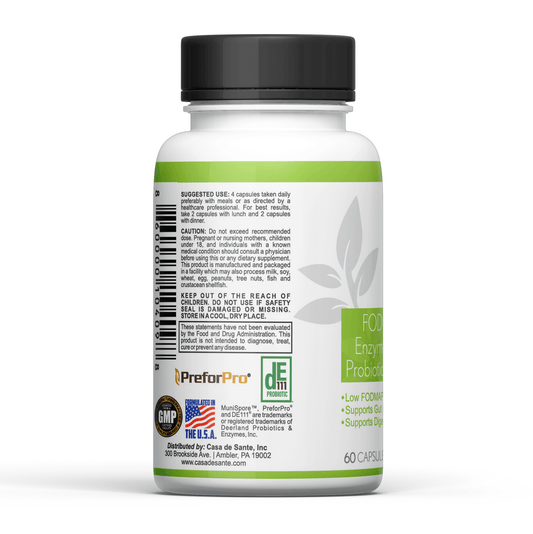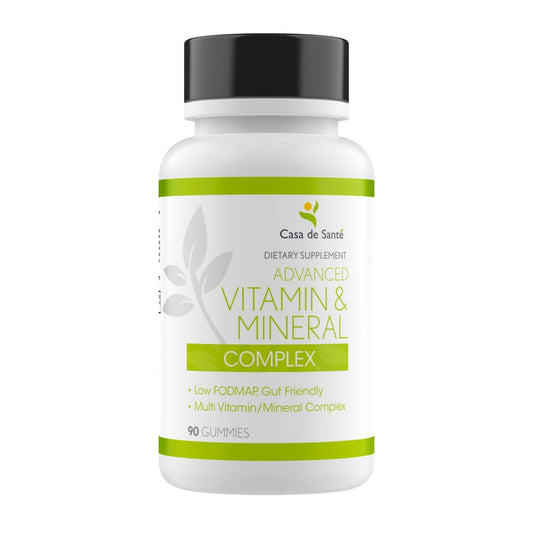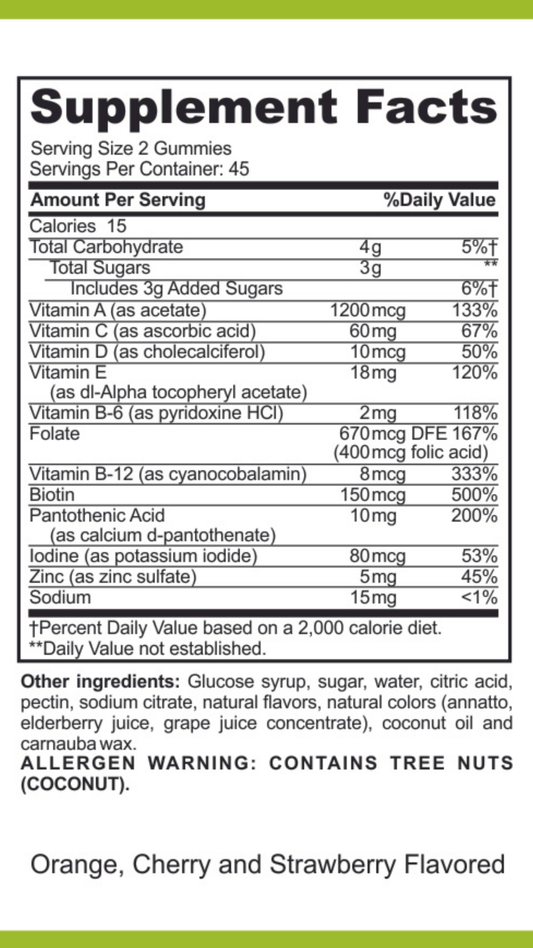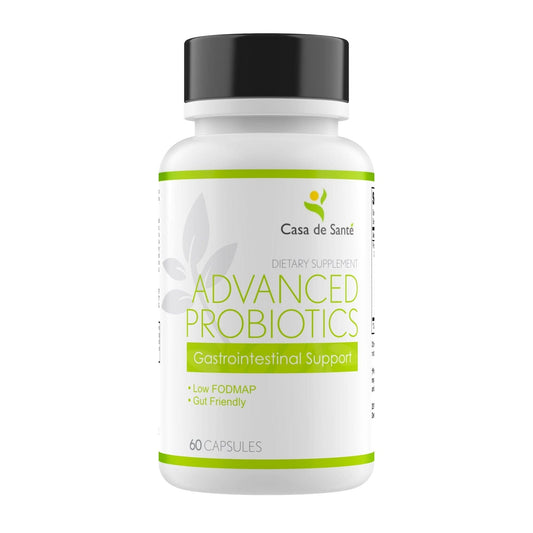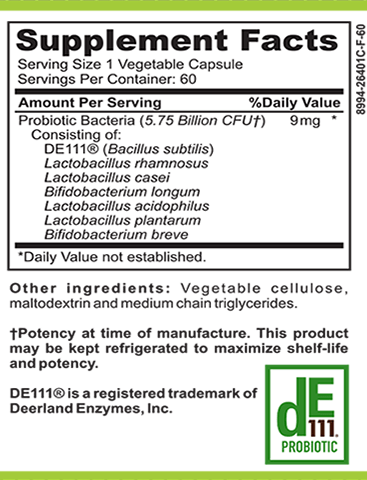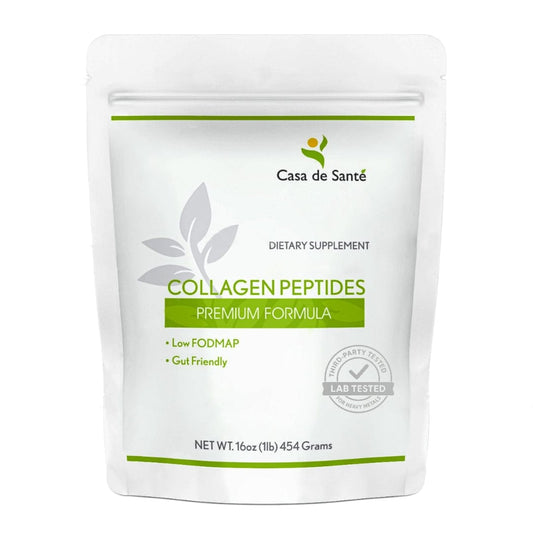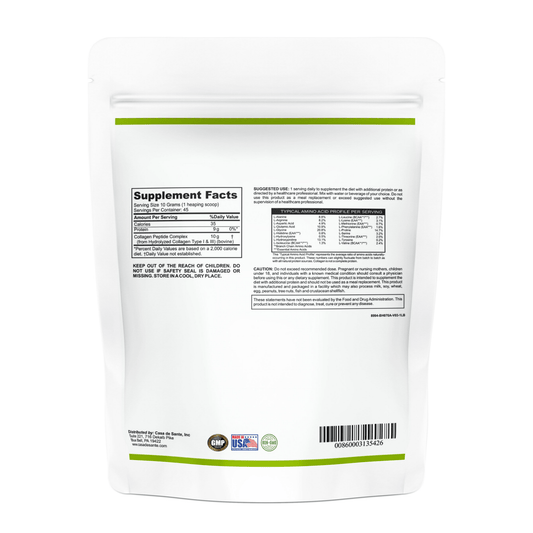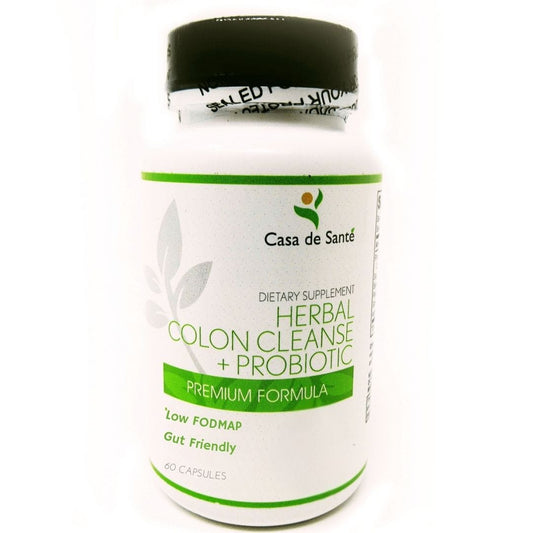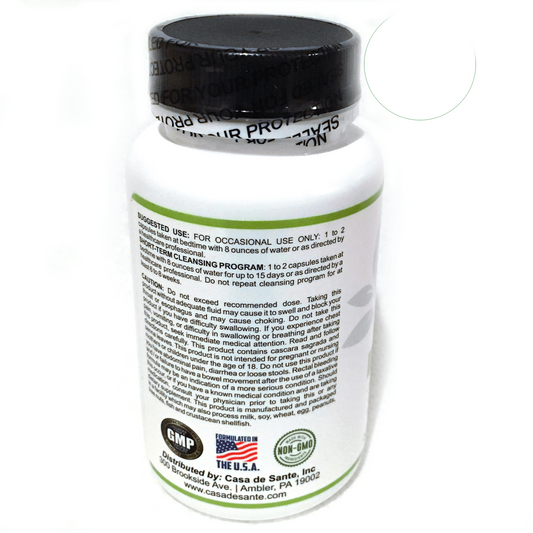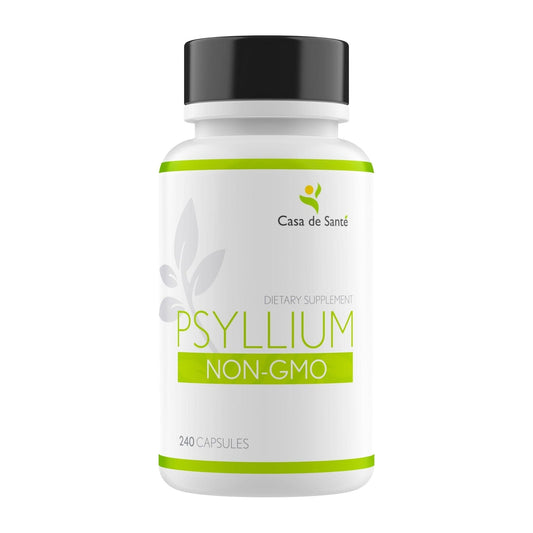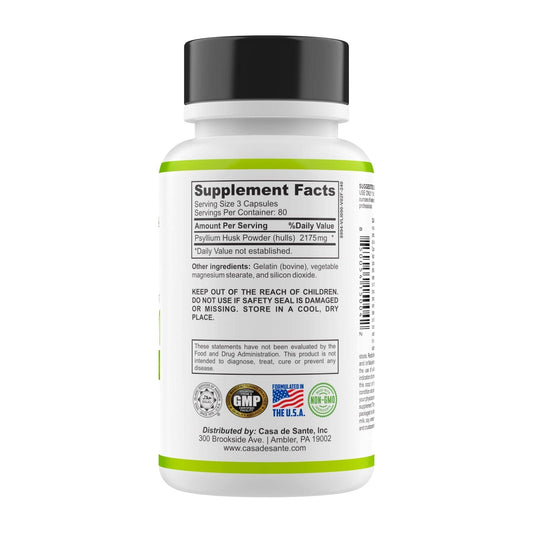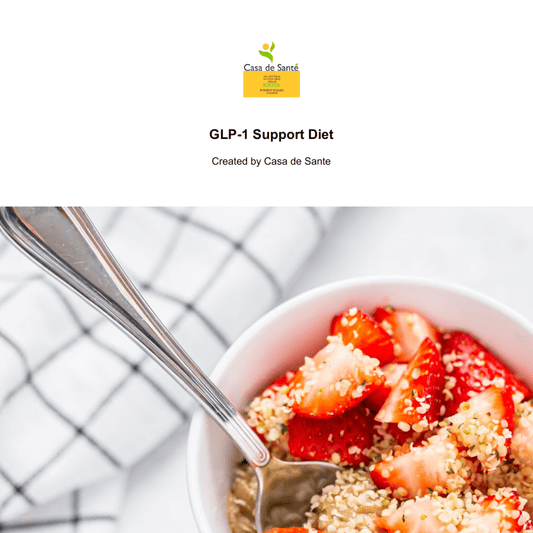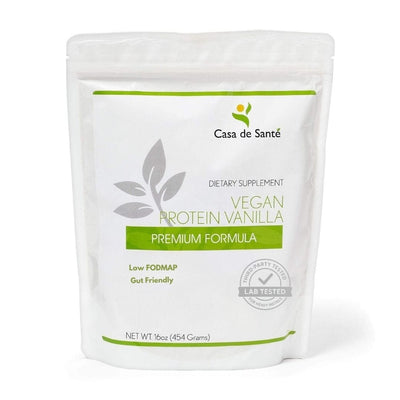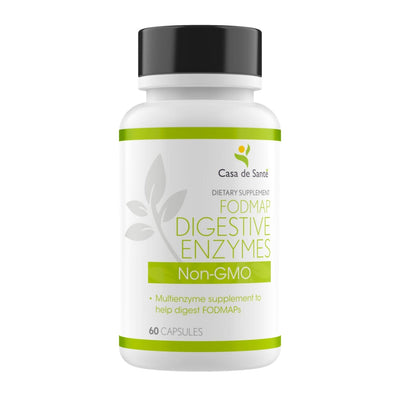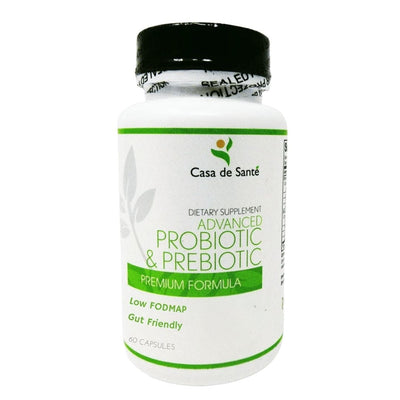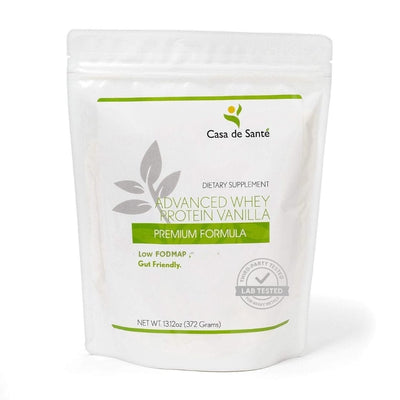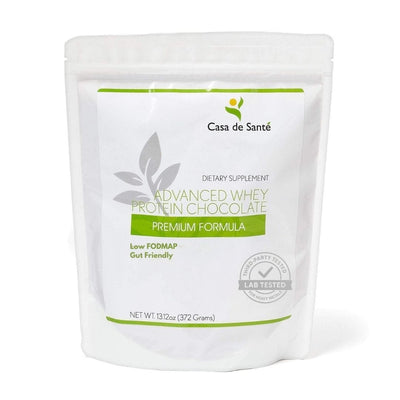Pumpkin Flour Vs Tapioca Flour
Pumpkin Flour Vs Tapioca Flour
When it comes to gluten-free flours, there are a wide variety of options available to those with dietary restrictions or preferences. Two popular choices are pumpkin flour and tapioca flour. In this article, we will explore the differences between these two flours, including their nutritional content, health benefits, texture and taste, cooking and baking uses, alternatives to gluten, allergies and sensitivities, everyday recipes, cost comparison, availability, environmental impact, tips for substituting, and expert opinions. By the end of this article, you will have a comprehensive understanding of which flour may be the best fit for your needs.
What is Pumpkin Flour?
Pumpkin flour is a gluten-free flour made from ground, dried pumpkin seeds. It is rich in nutrients and offers a unique flavor profile to baked goods and other recipes. The process of making pumpkin flour involves roasting the pumpkin seeds, removing their outer shells, and grinding them into a fine powder. The resulting flour is high in protein, fiber, and essential fatty acids, making it a nutritious addition to your diet.
In addition to its nutritional benefits, pumpkin flour also has a low glycemic index, which means it has a minimal impact on blood sugar levels. This makes it a suitable option for individuals with diabetes or those looking to manage their blood sugar levels.
Furthermore, pumpkin flour is a versatile ingredient that can be used in a variety of recipes. It can be used as a substitute for traditional flours in baking, such as in breads, muffins, and pancakes. It can also be added to smoothies, soups, and sauces to enhance their nutritional content and add a subtle pumpkin flavor.
What is Tapioca Flour?
Tapioca flour, also known as tapioca starch, is derived from the cassava root, a starchy tuber native to South America. The root is processed into a fine powder after being peeled, grated, and dried. Tapioca flour is a common ingredient in gluten-free baking, known for its ability to provide structure and texture to baked goods. It is a tasteless flour that works well as a thickening agent in sauces, soups, and other recipes.
In addition to its culinary uses, tapioca flour also has some health benefits. It is naturally gluten-free, making it a suitable alternative for individuals with gluten sensitivities or celiac disease. Tapioca flour is also low in calories and fat, making it a healthier option compared to other flours.
Furthermore, tapioca flour is a good source of carbohydrates, providing energy for the body. It is also rich in iron, which is essential for the production of red blood cells and the transportation of oxygen throughout the body. Additionally, tapioca flour contains small amounts of calcium, vitamin K, and folate, which are important for maintaining bone health and supporting various bodily functions.
Nutritional Comparison: Pumpkin Flour vs Tapioca Flour
When comparing the nutritional content of pumpkin flour and tapioca flour, there are some key differences to consider. Pumpkin flour is higher in protein, fiber, and healthy fats compared to tapioca flour. It also contains essential minerals such as magnesium, iron, and zinc. On the other hand, tapioca flour is lower in calories and carbohydrates. Both flours are gluten-free, making them suitable options for individuals with celiac disease or gluten intolerance.
Health Benefits of Pumpkin Flour
Pumpkin flour offers several health benefits due to its nutrient profile. It is a rich source of plant-based protein, making it an excellent choice for vegetarians and vegans looking to increase their protein intake. The high fiber content in pumpkin flour promotes digestive health and helps regulate blood sugar levels. Additionally, the essential fatty acids found in pumpkin flour support brain function and cardiovascular health.
Health Benefits of Tapioca Flour
Tapioca flour may not be as nutrient-dense as pumpkin flour, but it does offer some health benefits. It is easily digestible, making it a suitable option for individuals with sensitive digestive systems. Tapioca flour is also low in sodium and cholesterol, and it does not contain any saturated or trans fats. These qualities make it a heart-healthy choice for those looking to manage their cholesterol levels and overall cardiovascular health.
Texture and Taste: Pumpkin Flour vs Tapioca Flour
When it comes to texture and taste, pumpkin flour and tapioca flour provide different results in recipes. Pumpkin flour adds a subtle nutty flavor to baked goods and imparts a moist, tender texture. It works well in recipes where you want to enhance the overall flavor and moisture content. On the other hand, tapioca flour is tasteless and creates a light, chewy texture. It is commonly used as a thickener or binder in recipes, providing a smooth and glossy finish.
Cooking and Baking Uses of Pumpkin Flour
Pumpkin flour can be used in a variety of cooking and baking recipes. It can be incorporated into muffins, bread, pancakes, cookies, and even savory dishes like soups and sauces. The nutty flavor of pumpkin flour pairs well with spices like cinnamon, nutmeg, and ginger, making it a delicious addition to fall-inspired recipes.
Cooking and Baking Uses of Tapioca Flour
Tapioca flour is a versatile ingredient that can be used in a multitude of cooking and baking applications. It is commonly used as a thickening agent in sauces, gravies, and puddings. Tapioca flour can also be used as a binding agent in recipes such as meatballs or veggie burgers, providing a cohesive texture. In gluten-free baking, it adds structure and chewiness to bread, cookies, and cakes.
Gluten-Free Alternatives: Pumpkin Flour vs Tapioca Flour
Both pumpkin flour and tapioca flour are excellent gluten-free alternatives for individuals with gluten sensitivity or celiac disease. Pumpkin flour offers the added benefits of its nutritional profile, including protein and essential fatty acids. Tapioca flour, on the other hand, works well as a binding and thickening agent in recipes, contributing to the desired texture.
Allergies and Sensitivities: Pumpkin Flour vs Tapioca Flour
It is important to note that while pumpkin flour and tapioca flour are gluten-free, they may still cause allergies or sensitivities in some individuals. It is always recommended to check for individual reactions and consult with a healthcare professional if you have any concerns or known allergies. Cross-contamination during processing can sometimes occur, so it is crucial to source your flours from reputable manufacturers.
How to Use Pumpkin Flour in Everyday Recipes
Incorporating pumpkin flour into your everyday recipes is an easy way to reap the benefits of its nutritional content. Start by substituting a portion of the all-purpose flour in a recipe with pumpkin flour. For example, in a muffin recipe that calls for 2 cups of all-purpose flour, you can experiment with using 1 cup of all-purpose flour and 1 cup of pumpkin flour. This will add a unique flavor and enhance the nutritional value of the recipe.
How to Use Tapioca Flour in Everyday Recipes
Tapioca flour can be used in a variety of everyday recipes as well. It works well as a thickening agent in soups, stews, and sauces. To use tapioca flour as a thickener, combine it with a small amount of water to make a slurry before adding it to your recipe. This will prevent clumping. Additionally, tapioca flour can be used as a coating for frying, providing a crispy texture.
Cost Comparison: Pumpkin Flour vs Tapioca Flour
When it comes to pricing, the cost of pumpkin flour and tapioca flour can vary depending on various factors, including brand, quality, and availability. Generally, tapioca flour tends to be more affordable and widely accessible compared to pumpkin flour. However, it is always recommended to compare prices at different stores or online retailers to find the best value for your budget.
Availability and Accessibility: Pumpkin Flour vs Tapioca Flour
In terms of availability and accessibility, tapioca flour is more commonly found in grocery stores and widely used in recipes. It is often stocked in the gluten-free baking aisle or specialty food sections. On the other hand, pumpkin flour may be less readily available in some regions and might require purchasing online or from specialty health food stores.
Environmental Impact: Pumpkin Flour vs Tapioca Flour
Considering the environmental impact, both pumpkin flour and tapioca flour have their pros and cons. Tapioca flour is derived from cassava, a plant that requires less water and land compared to other staple crops. However, it may require chemical processing depending on the brand or production methods. Pumpkin flour, although more eco-friendly in some ways, requires more resources to grow and produce. It is important to consider sustainable sourcing and production practices when choosing these flours.
Tips for Substituting Pumpkin Flour with Tapioca Flour (and vice versa)
If you find yourself in a situation where you need to substitute pumpkin flour with tapioca flour, or vice versa, there are a few factors to consider. First, remember that the texture and flavor profiles will be different. Pumpkin flour adds a nutty flavor, while tapioca flour is tasteless. Adjust the amount according to the desired outcome of the recipe. It may require some experimentation and tweaking to achieve the desired results.
Popular Recipes Using Pumpkin Flour
Pumpkin flour can be used in various popular recipes to add a unique flavor and nutritional boost. Some popular recipes include pumpkin flour pancakes, pumpkin chocolate chip muffins, pumpkin bread, and even pumpkin flour pasta. These recipes celebrate the flavors of fall and provide a healthier twist to traditional favorites.
Popular Recipes Using Tapioca Flour
Tapioca flour is a versatile ingredient that can be used in numerous popular recipes. Some examples of recipes using tapioca flour include gluten-free bread, tapioca pudding, crispy fried chicken, breaded fish tacos, and fruit pies with tapioca-based fillings. The binding and thickening properties of tapioca flour enhance the texture and stability of these recipes.
Expert Opinions on Pumpkin Flour vs Tapioca Flour
Experts in the field of nutrition, culinary arts, and gluten-free baking have diverse opinions on the use of pumpkin flour and tapioca flour. Some experts emphasize the nutritional benefits and unique flavor of pumpkin flour, praising it for its protein and essential fatty acid content. Others highlight the versatility and binding properties of tapioca flour, making it a staple in gluten-free baking recipes. Ultimately, it is important to consider individual dietary needs and preferences when choosing between these two flours.
In conclusion, pumpkin flour and tapioca flour are both valuable options for individuals seeking gluten-free alternatives in their cooking and baking. Pumpkin flour offers a rich array of nutrients and a unique flavor, while tapioca flour provides structure and texture without altering the taste of recipes. By understanding the nutritional content, health benefits, texture and taste, cooking and baking uses, alternatives to gluten, allergies and sensitivities, everyday recipes, cost comparison, availability, environmental impact, tips for substituting, and expert opinions, you can make an informed decision on which flour suits your needs best. Happy baking and cooking!

